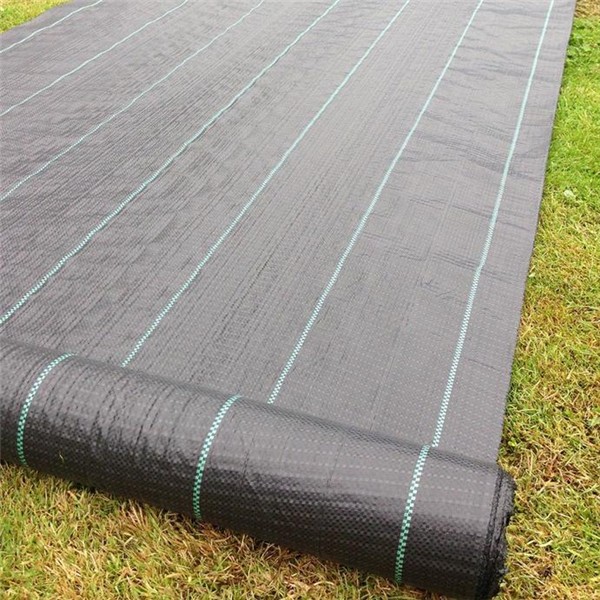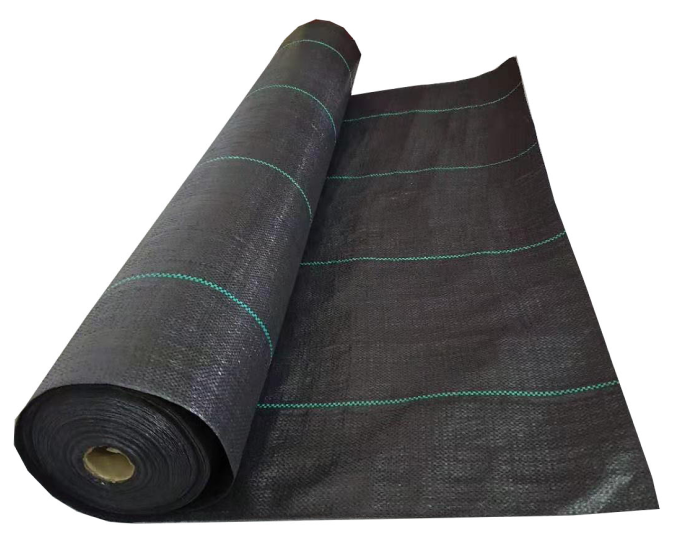Groundcovers are a popular landscape feature that offer many benefits to your garden. It helps suppress weed growth, protects soil from erosion, retains moisture, and adds visual interest to your outdoor space. Whether you have a large backyard or a small balcony garden, incorporating ground cover can be a game-changer. In this article, we’ll explore some effective ways to use groundcovers in your garden.

1. Choose the right ground cover: There are many options, including plants, mulch, gravel, and even stepping stones. Consider your garden’s specific needs, such as sun exposure, soil type and moisture needs, to choose the most appropriate ground cover type. For example, shade-loving plants like ferns or creeping thyme work well in areas with limited sunlight.

2. Control weed growth: Ground cover acts as a natural barrier to weeds, keeping them out and reducing the need for excessive weeding. Make sure you prepare the soil before planting your groundcover, remove existing weeds and loosen the soil so roots can grow properly.
3. Prevent water and soil erosion: Sloping land is particularly prone to water and soil erosion. Ground covers with a creeping or creeping habit, such as ivy or creeping juniper, help stabilize the soil and prevent erosion. Their dense root systems hold the soil in place, making them ideal for steep slopes or areas prone to heavy rains.
4. Enhance aesthetics: Ground covers come in a variety of colors, textures, and shapes to add visual interest to your garden. Mixing different varieties can create stunning mosaic effects. Consider using ground covers with contrasting foliage or bloom patterns, such as sedums and periwinkles, to create a garden bed that is vibrant and vibrant.
5. Fill gaps: Ground cover is a great solution for filling in bare spots or gaps between taller plants, trees or pavers. It creates a seamless and cohesive look that makes your garden appear more lush and sophisticated. Choose slow-growing groundcovers, such as creeping thyme or creeping phlox, that can spread and fill in these areas over time.
In summary, adding groundcover to your garden can provide many benefits while adding beauty and visual interest. By choosing the right type of ground cover, controlling weed growth, preventing soil erosion, enhancing aesthetics, and filling gaps, you can use ground cover effectively to transform your garden into a stunning outdoor oasis. So get creative and start exploring the world of ground covers to suit your gardening needs!
Post time: Nov-06-2023
